Filters
Download definitions (PDF) Case source list Model cases
Model cases
 National programme
National programme
-
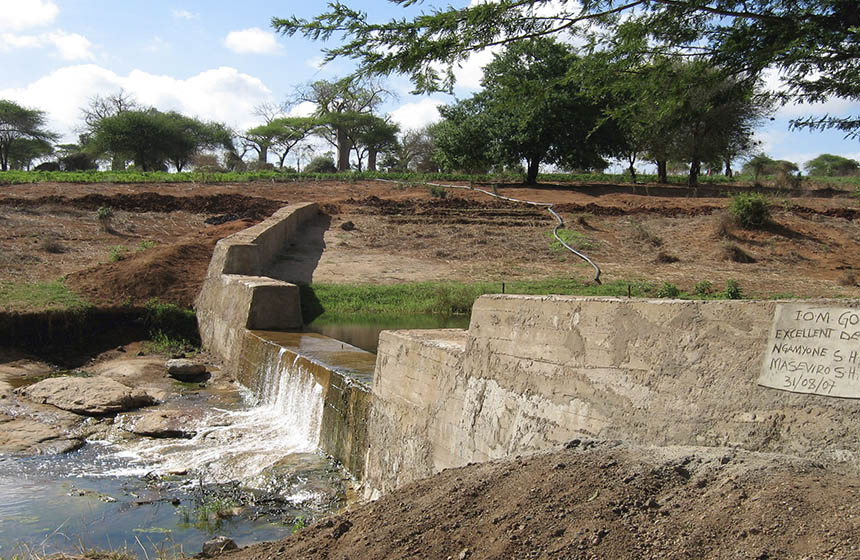
Sand dams and climate-smart agriculture
Sand dams have been constructed along sandy rivers to improve the water retention capacity and quality of the landscape’s soil. Combined with more sustainable farming techniques, communities are reporting greater agricultural productivity and water security.
- Food production
- Restoration
Kenya -
Model NbS case
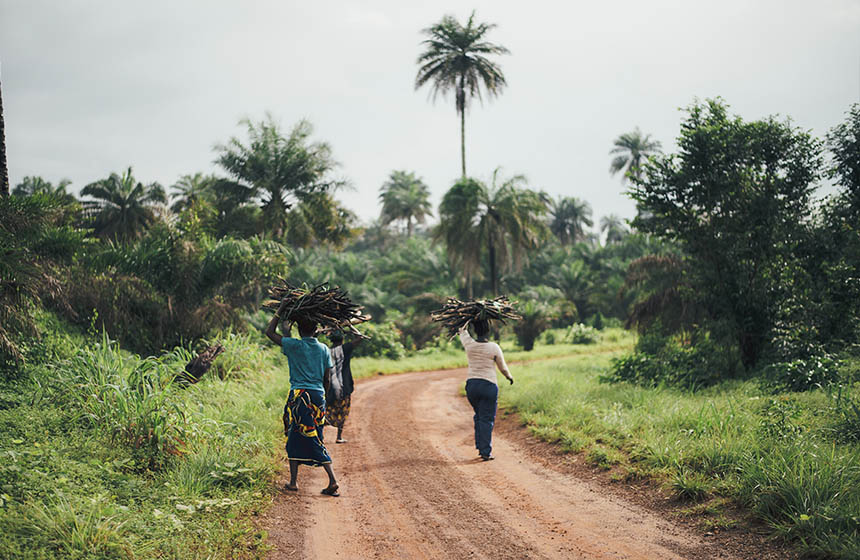
Transboundary conservation of the Greater Gola Landscape
Transboundary collaboration is enabling the restoration of a major biodiversity hotspot in the Upper Guinean Forest Eco-Region. Liberia and Sierra Leone are conducting joint and independent initiatives to ensure the conservation of the Gola Peace Park which straddles their shared boundary, encompassing a park on either side.
- Food production
- Management
- Protection
Liberia -
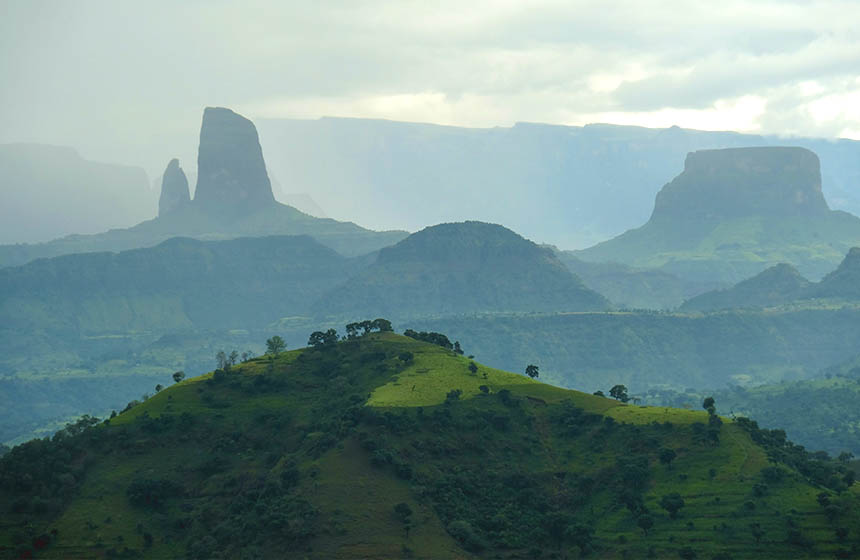
An eco-regional approach to ecosystem conservation in the Bale Eco-region
Traditional conservation combined with agroforestry and climate-smart agriculture were implemented to reduce pressure to overgraze, replenish water sources, and restore soil and land integrity in the Bale Eco-region.
- Created habitats
- Food production
- Management
- Protection
Ethiopia -
Model NbS case
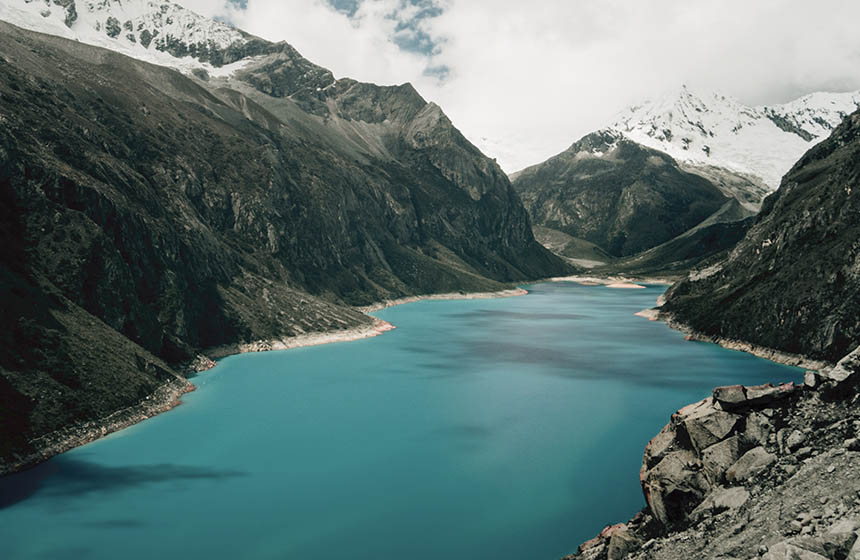
Glacial mountain watershed management
Ecosystem restoration and protection combined with communal grazing and water use plans aim to reduce vulnerability to the effects of glacial retreat caused by climate change.
- Food production
- Management
- Protection
- Restoration
Peru -
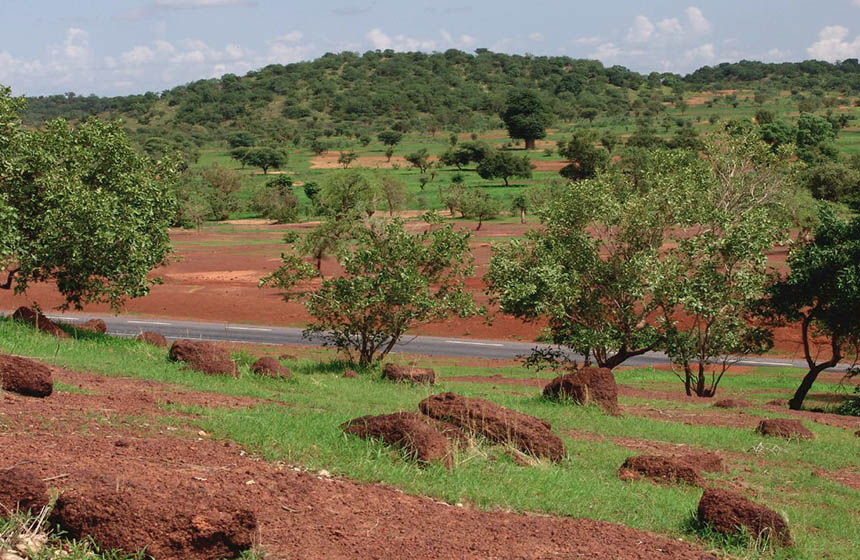
Community-based dryland restoration
Farmer-managed natural regeneration (FMNR) and improved forest management have provided adaptation benefits to an area particularly vulnerable to rising temperatures and other climate-related risks.
- Food production
- Management
- Restoration
Mali -
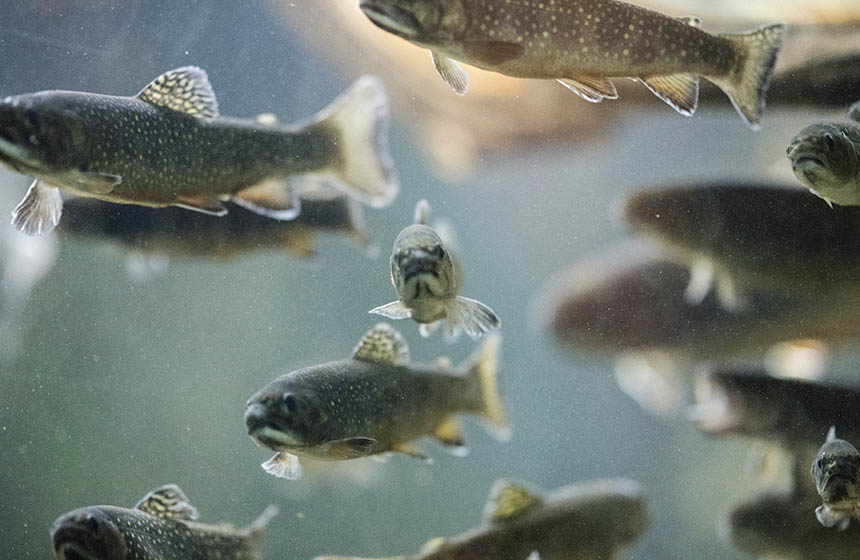
Restoration of trout streams, riparian habitat and watersheds
Across the Western United States of America, trout habitat such as streams and rivers is being increasingly affected by climate change. The restoration efforts highlighted here have taken whole-landscape approaches, including restoring headwater meadows and wetlands, riparian habitat and floodplain areas.
- Restoration
United States -
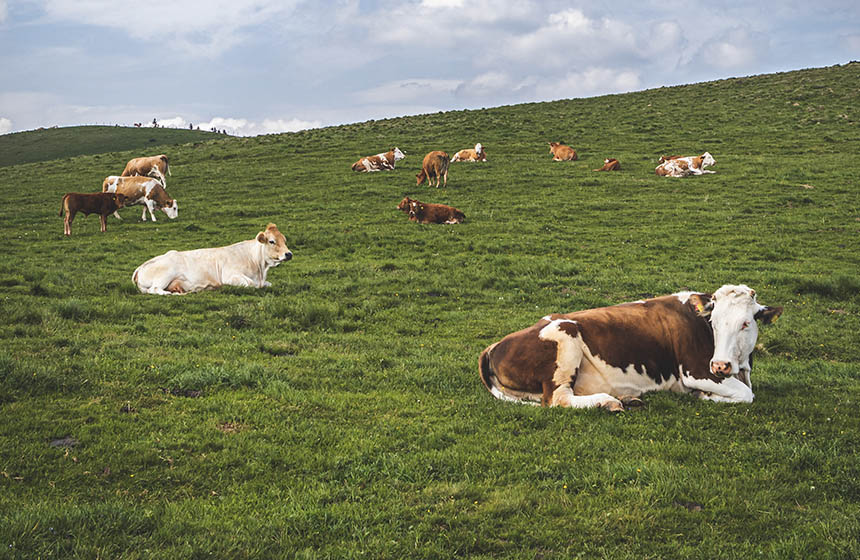
Multi-paddock adaptive management grazing
Multi-paddock adaptive management grazing was found to support superior vegetation biomass and composure as well as higher soil quality and soil carbon levels.
- Management
United States -
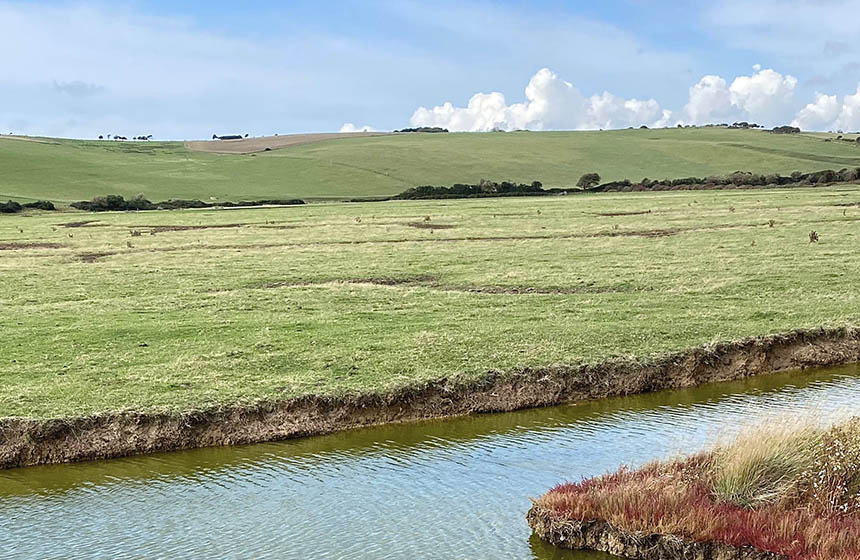
Curtailment of muddy floods in the Sompting catchment area
The conversion of agricultural land to grassland and other management changes resulted in a drastic reduction of muddy floods, soil erosion and runoff in the Sompting catchment area in the South Downs of the UK.
- Protection
- Restoration
United Kingdom -
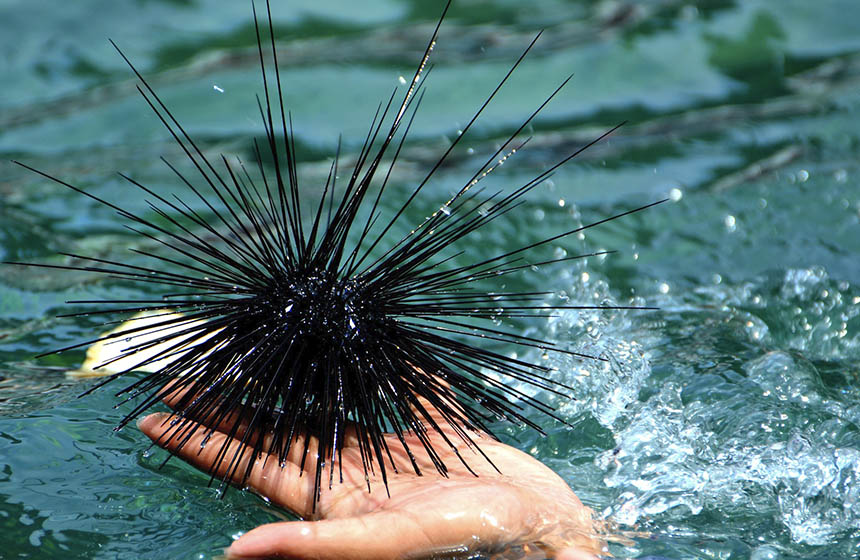
Marine protected areas help maintain predators of invasive sea urchin pests
Two ‘no-take’ Marine Protected Areas (MPAs) off the coast of eastern Tasmania have been shown to conserve large-sized spiny lobsters (Jasus edwardsii) which are the most important predator of the long-spined sea urchin (Centrostephanus rodgersii) that is responsible for degrading kelp beds.
- Protection
Australia

